1962 Corvette Overview – The Ultimate Guide
With the creative influences of such incredible engineering talents as Edward Cole, Zora Arkus-Duntov, and Bill Mitchell behind it, the C1 Corvette had emerged as an American classic, but one that was ready to undergo a transformation into something completely new and exciting.
In fact, with the second-generation Corvette now just one model year away, there were few within Chevrolet who did not view the 1962 Corvette as anything other than a transitional model between the classic styling of the C1 roadster and the far more competitive and edgy lines of the next-generation Corvette.
The 1962 model year represents the end of an era for the Chevrolet Corvette. Over the course of ten years, the Corvette had evolved from Harley Earl’s conceptual two-seat sports car – a car that was initially plagued with design and performance deficiencies – into a vehicle that rivaled sports cars around the world with an unabashed reputation for performance and fun.
Despite the fact that the 1962 Corvette is considered one of the greatest of all the C1 Corvettes, the perception that the 1962 Corvette was “transitional” was not completely unwarranted. For one, the ‘62 Corvette was the first model year to incorporate the 327 cubic inch V-8 engine in place of the smaller 283 cubic inch engine.
Though technically the same engine block as the 283, the smaller engine was bored and stroked to bring its cylinder dimensions to 4.00 x 3.25 inches and it’s displacement up to 327 cubic inches. While this larger engine would certainly produce more horsepower, there were other changes that would have to be incorporated first to ensure that the engine could receive the air and fuel it would need to run as it was meant to.
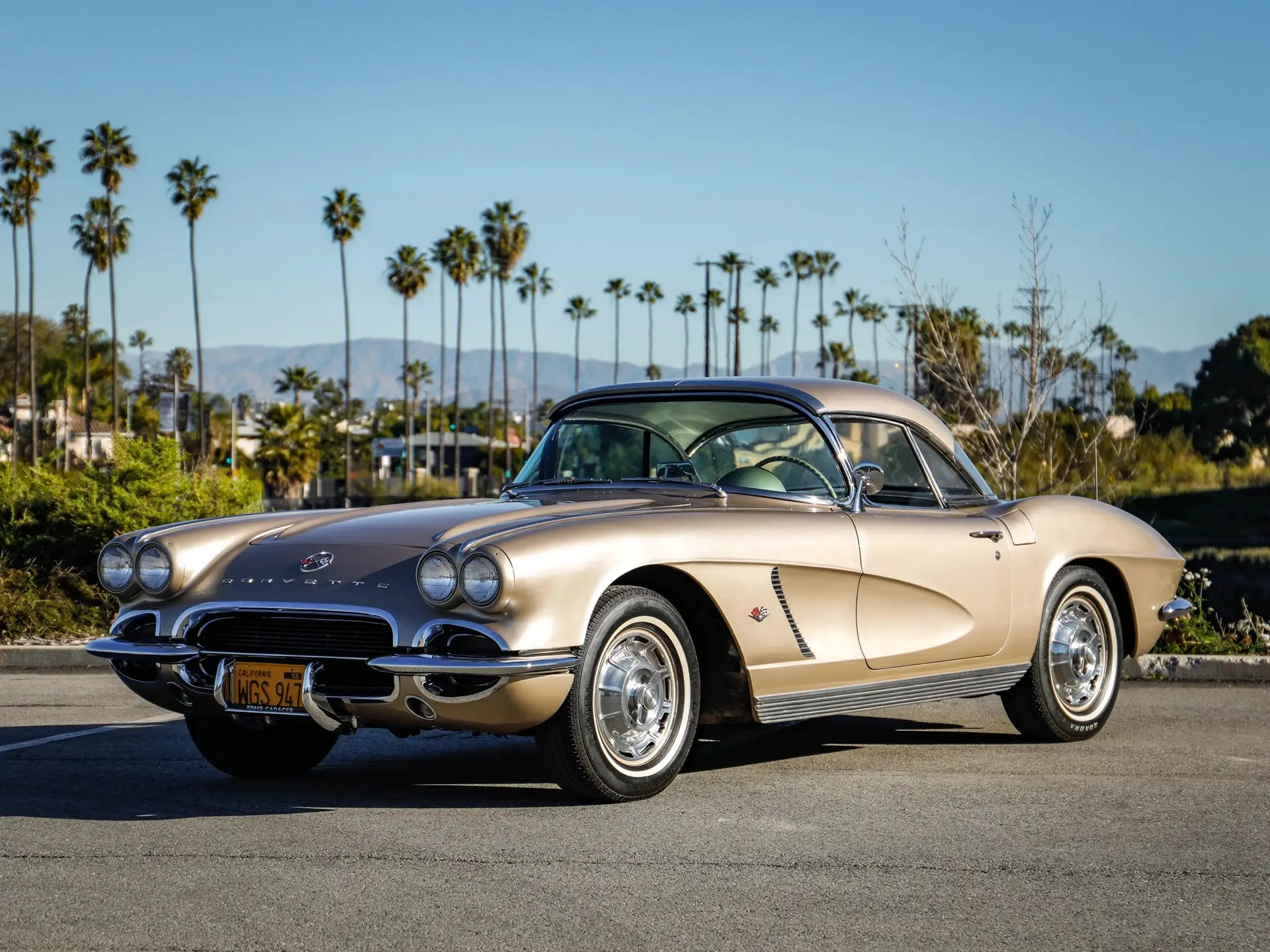
A small but significant change was made to the Rochester fuel injection system that allowed more air/fuel to pass through it which helped to feed the “deeper-breathing” 327 small block. In addition, heavier duty bearings, larger ports, and a longer duration camshaft were fitted to the base 250-bhp engine. Duntov’s solid-lifter camshaft was now a standard spec for the most powerful of the three carbureted engines – an engine that would be officially rated as producing 340 horsepower.
The Duntov cam would also be placed in the top “fuelie” (fuel-injected) engine that year. Both of the engines sporting Duntov cams ran a tight 11.25:1 compression ratio, which was a considerable step up from the base level and mid-level 300 horsepower engines, which ran a more conventional 10.5:1 compression.
Of these engines, the lower-end engines were actually considered the best choice for an all-purpose Corvette. They offered the driver enough power to satisfy his (or her) lust for speed and performance while remaining simple enough that they provided easy maintenance and repair.
DID YOU KNOW: The conventional trunk design of the 1962 Corvette was the last model to include it for many years. The models that followed had no external rear storage access until 1982 when a special “collector’s edition” Corvette featured a hatch window which allowed access to the rear storage compartment area. Still, a trunk comparable to the 1962’s did not re-appear until the introduction of the C5 Corvette Convertible in 1998.
Gone forever from the 1962 (and all future models) Corvette was the troublesome twin four-barrel Carter carburetors. These were replaced by a more powerful, single four-barrel Carter carburetor.
While these top two versions of the new 327 engine proved to provide a consistent improvement in power over its predecessor, the peak of its power curve occurred at the engine’s top-end while it turned some 6,000 rpm – which was considered incredibly fast at that time for a pushrod power plant. Of the smaller engines, peak power was achieved at 4,400 rpm (the 250 horsepower engine) and at 5,000 rpm (the 300 horsepower engine).
Of all these engines, only the last two were made available with the optional Powerglide automatic transmission. Like the four speed manual in 1961, the Powerglide was fitted with a weight-reducing aluminum case, which helped improve performance and decreased the overall weight of the car.
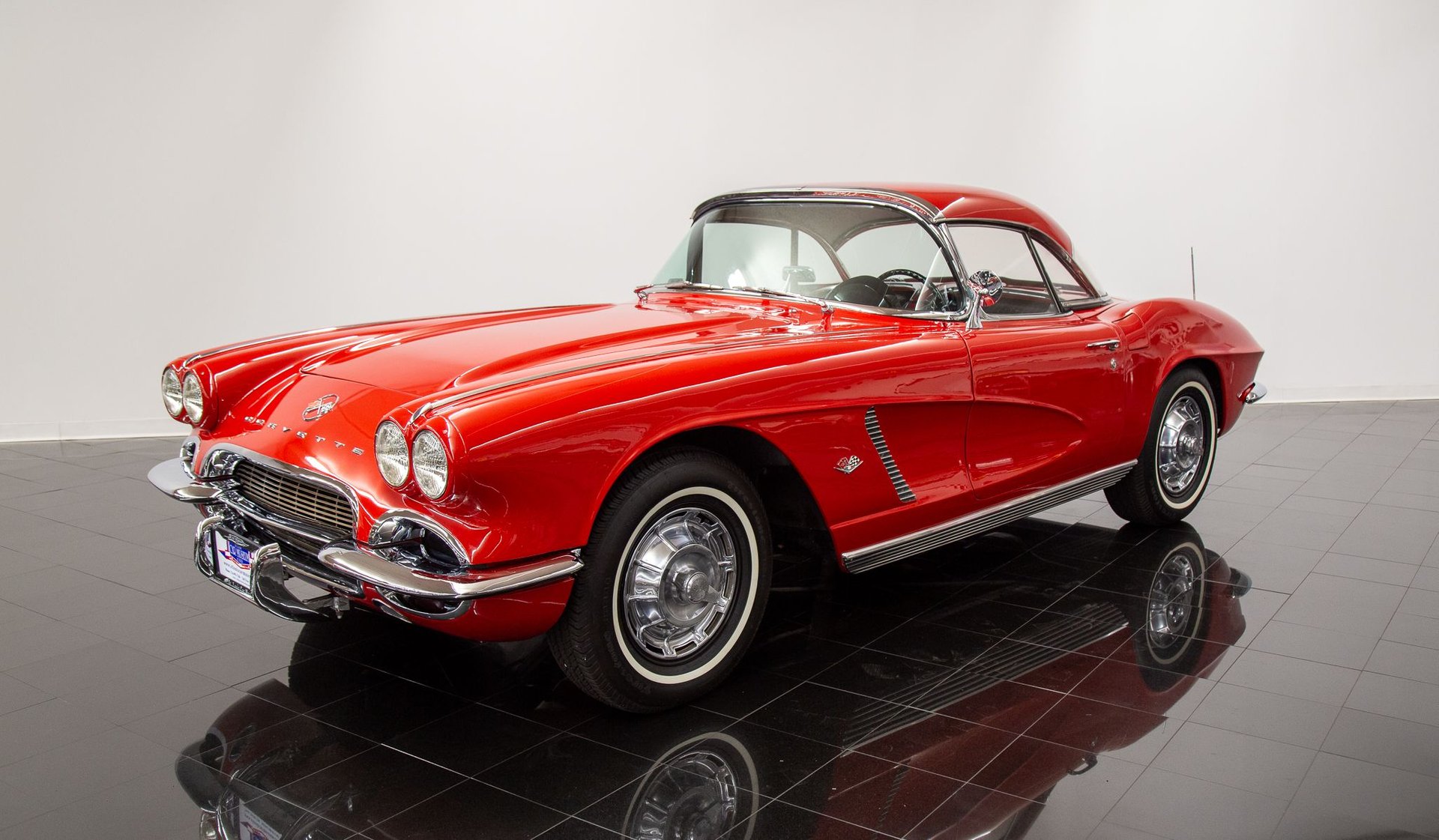
While the jump to a V-8 in the 1950s had proved pivotal to the Corvette’s ultimate success and sustainability, nobody could have imagined the impact that the introduction of the 327 V-8 would have on the last of the C1 Corvettes. The larger 327 V-8 produced power and torque that was unparalleled with anything seen prior to its emergence as the primary power plant of the 62 Corvette. This new ‘Vette, when equipped with a four-speed and fuel injection, could regularly run the quarter-mile in under fifteen (15) seconds and achieve speeds in excess of 100 miles per hour while doing so.
Of course, as with each of the several different iterations of the C1 Corvette before it, the 1962 Corvette did undergo more than just a mechanical overhaul. Though the overall appearance of the ‘62 remained faithful to the styling of Harley Earl’s earlier models, this new Corvette was, and remains, one of the most desirable of all the C1 models.
While its styling was beginning to look a bit dated as it moved into its second decade of existence, this final variation was stripped of any of the remaining excesses that had plagued its earlier counterparts.
The most obvious of these deletions was the removal of the chrome outlines that had framed the bodyside coves since 1956. Further, the chrome accent spears (that had accentuated the side vents within the coves) were also removed, replaced instead by more conservative aluminum blades that were finished in black. Another omission which added to the more cohesive look of the car was the deletion of the option to have the coves painted in a different color than the rest of the car.
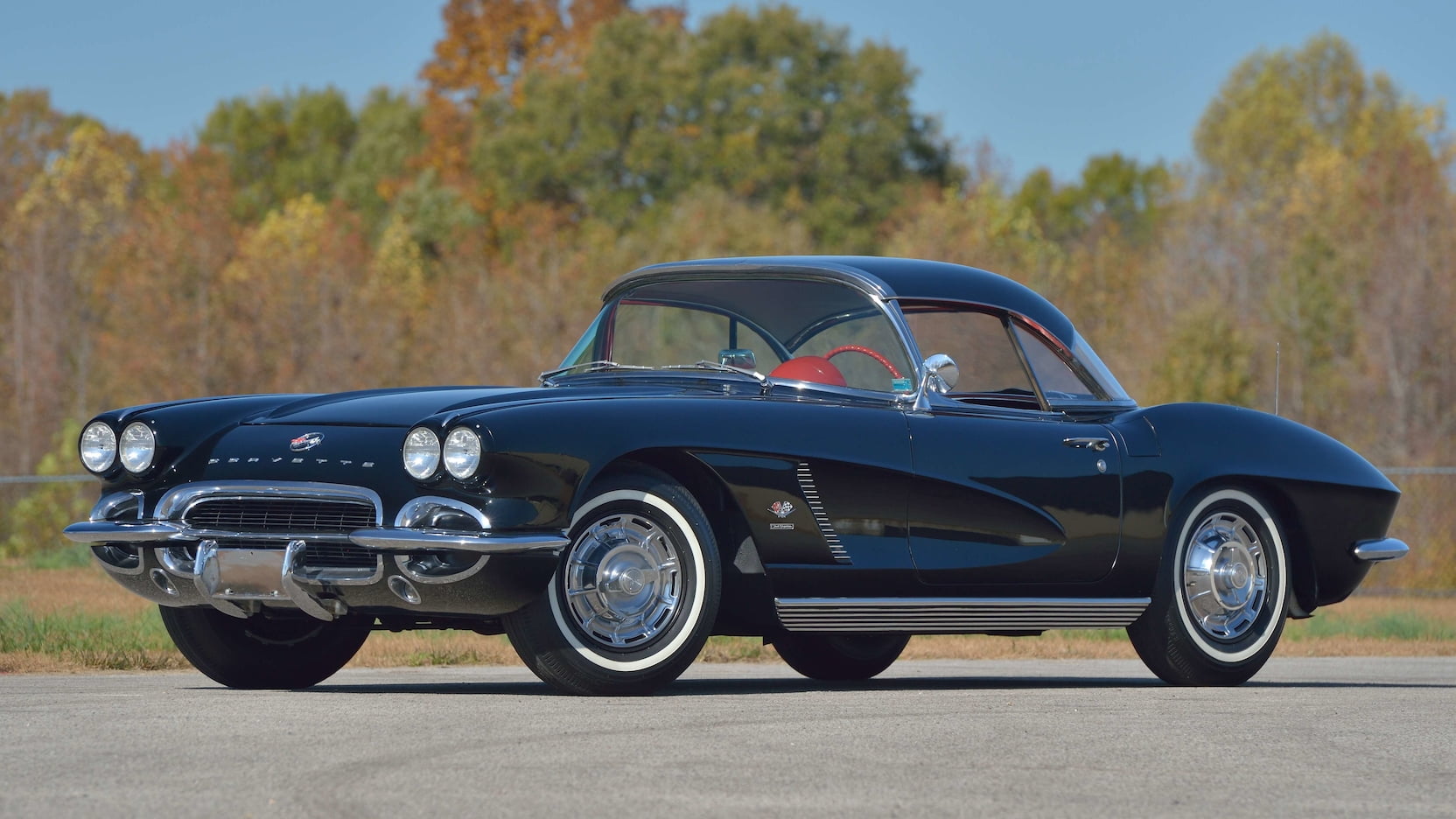
Other subtle changes also helped to give the 1962 Corvette a more unified appearance. Like the side spears in the coves, the silver mesh grille and its flanking cutouts were now finished in black, as was the background of the trunk lid medallion. Following one of the most popular automotive styling trends of the era, the ’62 Corvette was fitted with narrow-band white wall tires. They mated perfectly with the new Corvette and only helped to enhance its sleek, nearly minimalist appearance. In fact, the only place where any form of decoration was actually added was to the rocker panels, which were newly adorned with ribbed anodized-aluminum moldings.
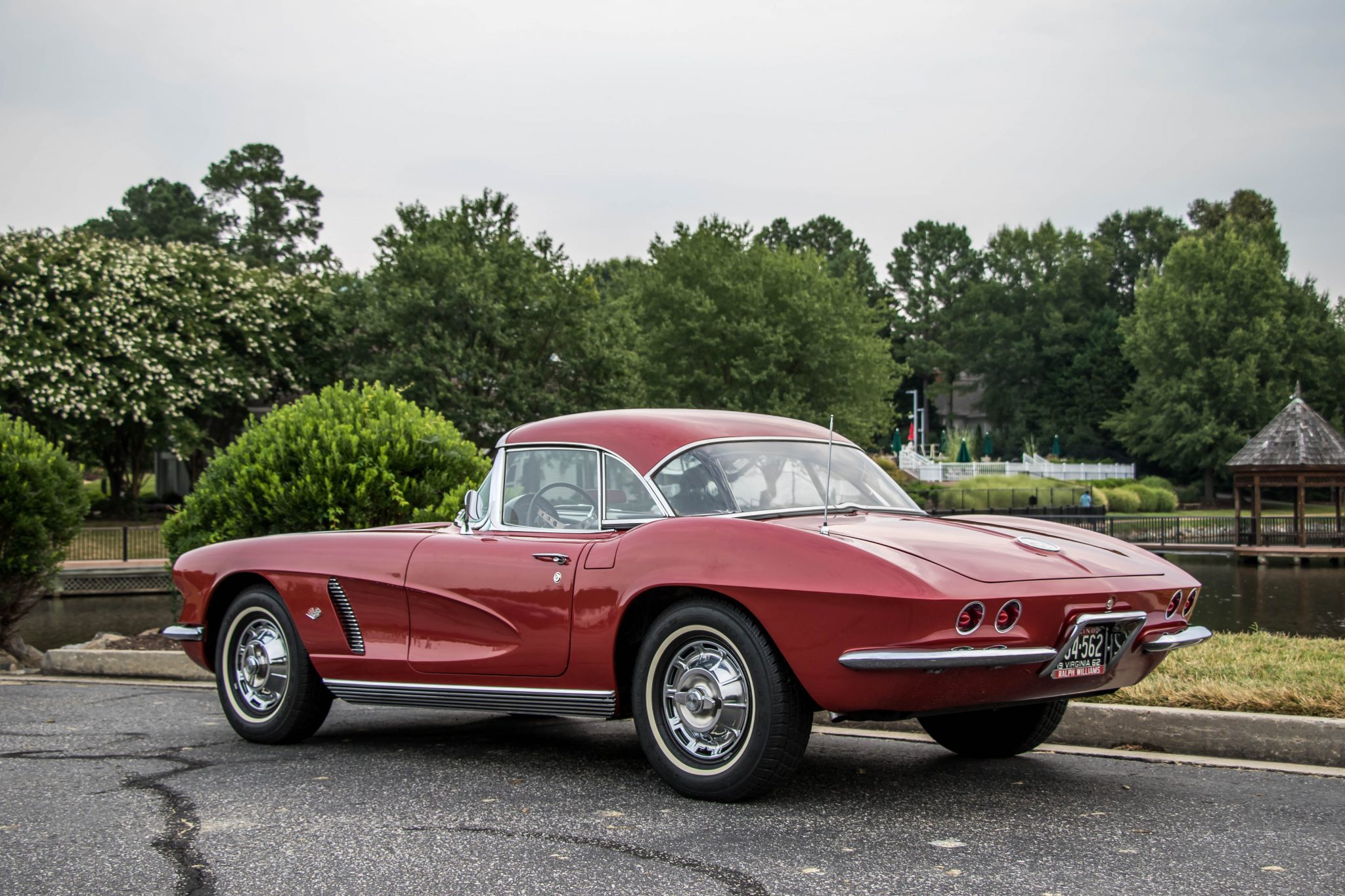
Despite its origins and its undeniable ties to the very first Corvette, the 1962 was faster, handled better, was more physically appealing, and was the most completely realized and most civilized of any Corvette made to date, though it continued to retain much of the pioneering imagination that made Harley Earl’s 1953 concept car such a triumph at its unveiling during the 1953 Motorama.
Production Volumes
Sales of the 1962 Corvette jumped by nearly 40 percent from the previous year, with total sales of 14,531 units, pushing the Corvette firmly “into the black” on General Motors’ financial bottom line. For those early pioneers of the Corvette – Cole, Duntov, and Mitchell – this came as a huge relief. After all, they (like Harley Earl (before his retirement)), were the ones who fought to keep the Corvette program alive during its darkest days. Of course, getting to this point was only half the battle. Now that they had achieved solid financial success with the C1 Corvette platform, it was imperative that they bring Corvette forward into its next iteration and, in so doing, take the car to even greater success.
Little did any of them realize just how successful Corvette was about to become.
1962 Corvette Specifications & Performance
See the complete breakdown of technical specifications for the 1962 Corvette, including engine, suspension, brakes, body dimensions, and power. Read more: 1962 Corvette Specifications.
Engine & Transmission
The first thing that stands out about the 1962 Corvette relative to its predecessor is that new engine under the hood. The new 327 CID V8 replaced the old 283 V8. Even the base model, a 4-barrel version produced 250 horsepower, up from the 230 of the previous year’s base. The previous year’s 2×4-barrel engines were gone, but they were replaced by two more 4-barrel versions that included a solid-lifter Duntov cam. These two engines produced 300 and 340 horsepower. And if that wasn’t enough, there was still the fuel injection option. This engine was rated at 360 horsepower, 45 more than the top option the previous year.
Performance
1962 Corvette Vehicle Identification Numbers (VIN)
The last six digits begin at 100001 and run through 110939. Each Vehicle Identification Number (VIN) is unique to an individual car. For all 1962 Corvettes, the location of the Vehicle Identification Number (VIN) is stamped on a stainless steel tag and secured to the steering column in the engine compartment. Read more: 1962 Corvette VINs.
1962 Corvette Price & Options
Core Features & Factory Options
The first thing that stands out about the 1962 Corvette relative to its predecessor is that new engine under the hood, though the styling deserves some attention as well. Though it had been through quite a few restyles since its 1953 introduction, the Corvette was still very related to that original car. It seems that Chevy realized this for the 1962 models, and though there were no restyles to be made with an all new Corvette coming the following year, the company did make the best of what it had.
As it had been for years, the Corvette was perhaps as noticeable for the options it did not have as for those it did offer. Living up to its true sports car name, power steering, power brakes and air conditioning were not available. However, buyers could add a four-speed manual transmission, a special 24-gallon fuel tank and Positraction limited-slip differential.
Colors
Exterior color options for 1962 were Tuxedo Black, Fawn Beige, Roman Red, Ermine White, Almond Beige, Sateen Silver and Honduras Maroon.
Pricing
The price for the base Corvette (with 327 cu. in. 250 hp engine and three speed manual transmission) topped $4,000 for the first time at $4,038 (though this was only slightly higher than the 1961 model had been). Buyers could add a four-speed manual transmission to the car for $188.30 – and most did. A special 24-gallon fuel tank added $118.40 to the base price, Positraction limited-slip differential cost $43.05 and metallic brake linings added $37.70.
| CODE | DESCRIPTION | QUANTITY | RETAIL PRICE |
| 867 | Base Corvette Convertible | 14,531 | $4,038.00 |
| 102 | AM Radio, signal seeking | 13,076 | $137.75 |
| 203 | Rear Axle, 3.08:1 Ratio | – | $0.00 |
| 242 | Positive Crankcase Ventilation (California) | – | $5.40 |
| 276 | Wheels, 15 x 5.5 (5) | 561 | $0.00 |
| 313 | Powerglide Automatic Transmission | 1,532 | $199.10 |
| 396 | 327ci, 340HP Engine (4-Barrel Carburetor) | 4,412 | $107.60 |
| 419 | Auxillary Hardtop | 8,074 | $236.75 |
| 426 | Power Windows | 995 | $59.20 |
| 441 | Direct Flow Exhaust System | 2,934 | $0.00 |
| 473 | Power Operated Folding Top | 350 | $139.90 |
| 488 | 24 Gallon Fuel Tank | 65 | $118.40 |
| 582 | 327ci, 360HP Engine (Fuel Injection) | 1,918 | $484.20 |
| 583 | 327ci, 300HP Engine (4-Barrel Carburetor) | 3,294 | $53.80 |
| 675 | Positraction Rear Axle | 14,232 | $43.05 |
| 685 | 4-Speed Manual Transmission | 11,318 | $188.30 |
| 686 | Metallic Brakes | 2,799 | $37.70 |
| 687 | Heavy Duty Brakes and Special Steering | 246 | $333.60 |
| 1832 | Whitewall Tires, 6.70×15 | – | $31.55 |
| 1833 | Blackwall Tires, 6.70×15 nylon | – | $15.70 |
Read more: 1962 Corvette pricing and factory options.
1962 Corvette Gallery
The trend towards a more subdued Corvette styling continued with the 1962 model. The grill was black anodized with gold anodized and painted black also available. Although it might not be obvious, there were a lot of changes in the cove area for the 1962 Corvette. The lip that bordered the coves was part of the fiberglass, not a separate trim piece as in previous years. Without the trim brightwork, it was not possible to offer the coves in a contrasting color. Above left: The simulated vent with three small spears featured in 1961 was replaced by a separate trim item.
See full 1962 Corvette Image Gallery


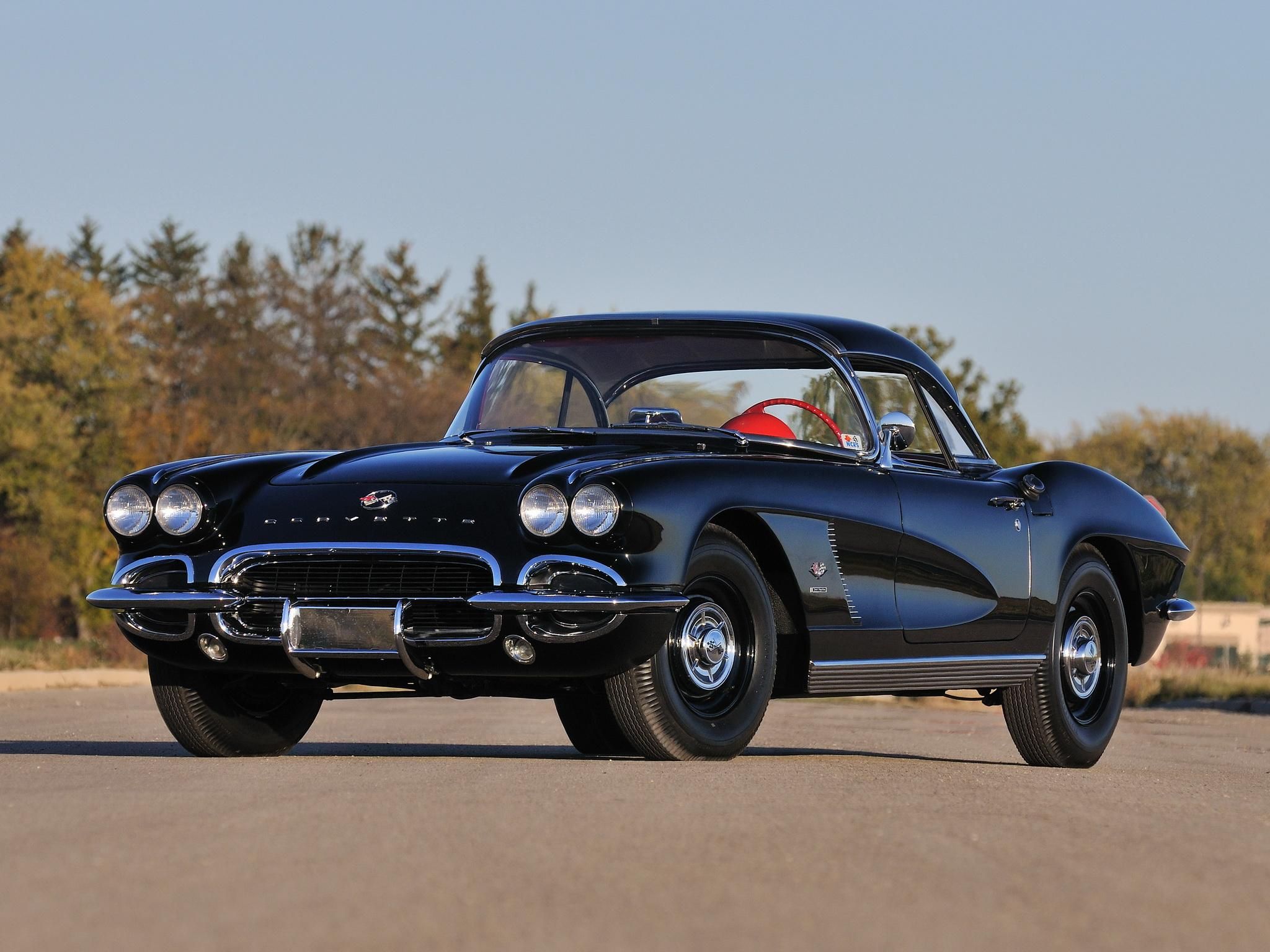
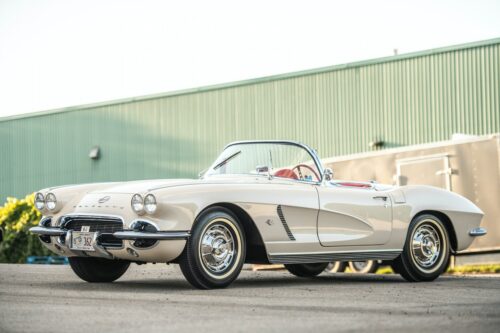
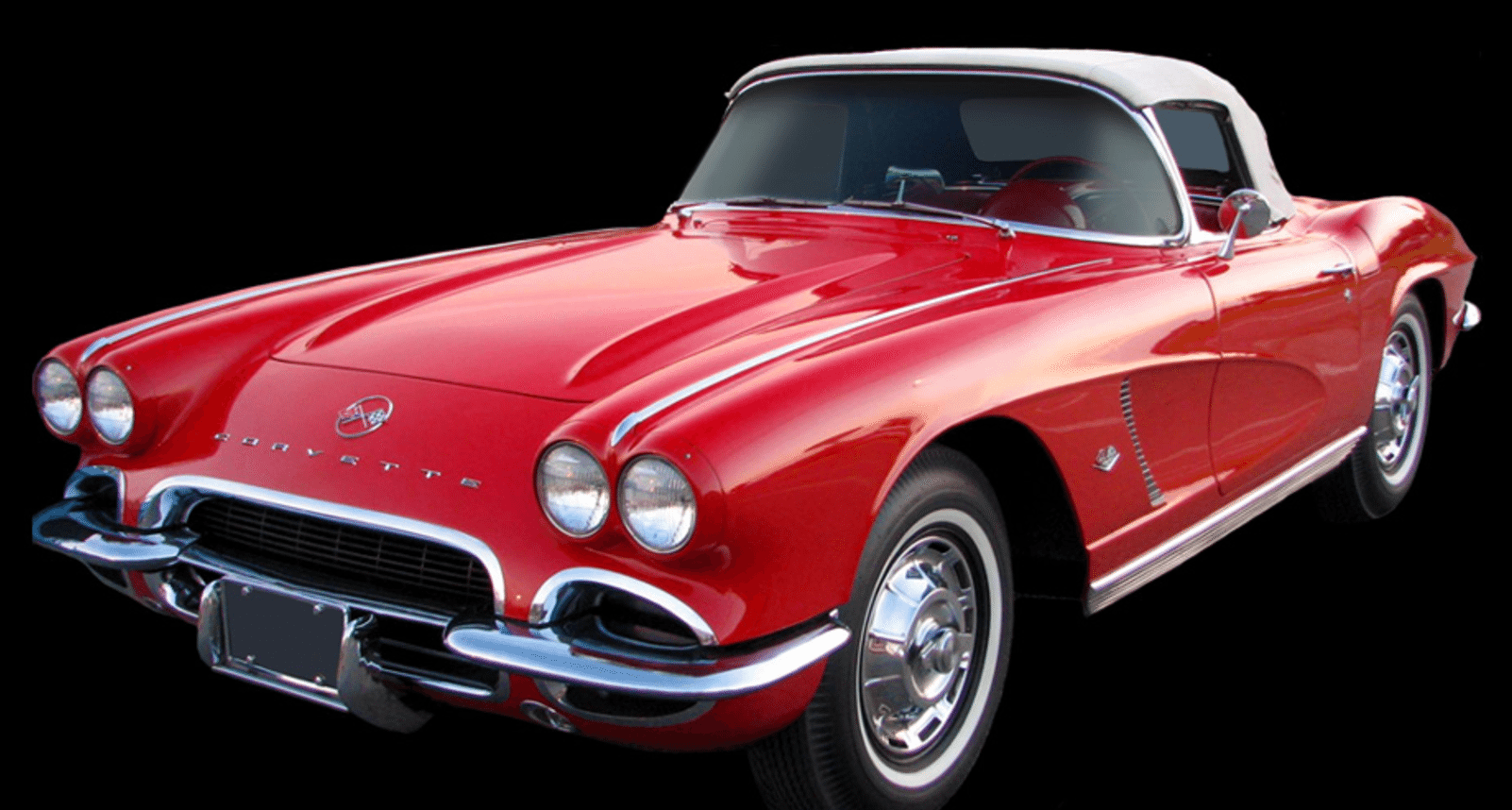
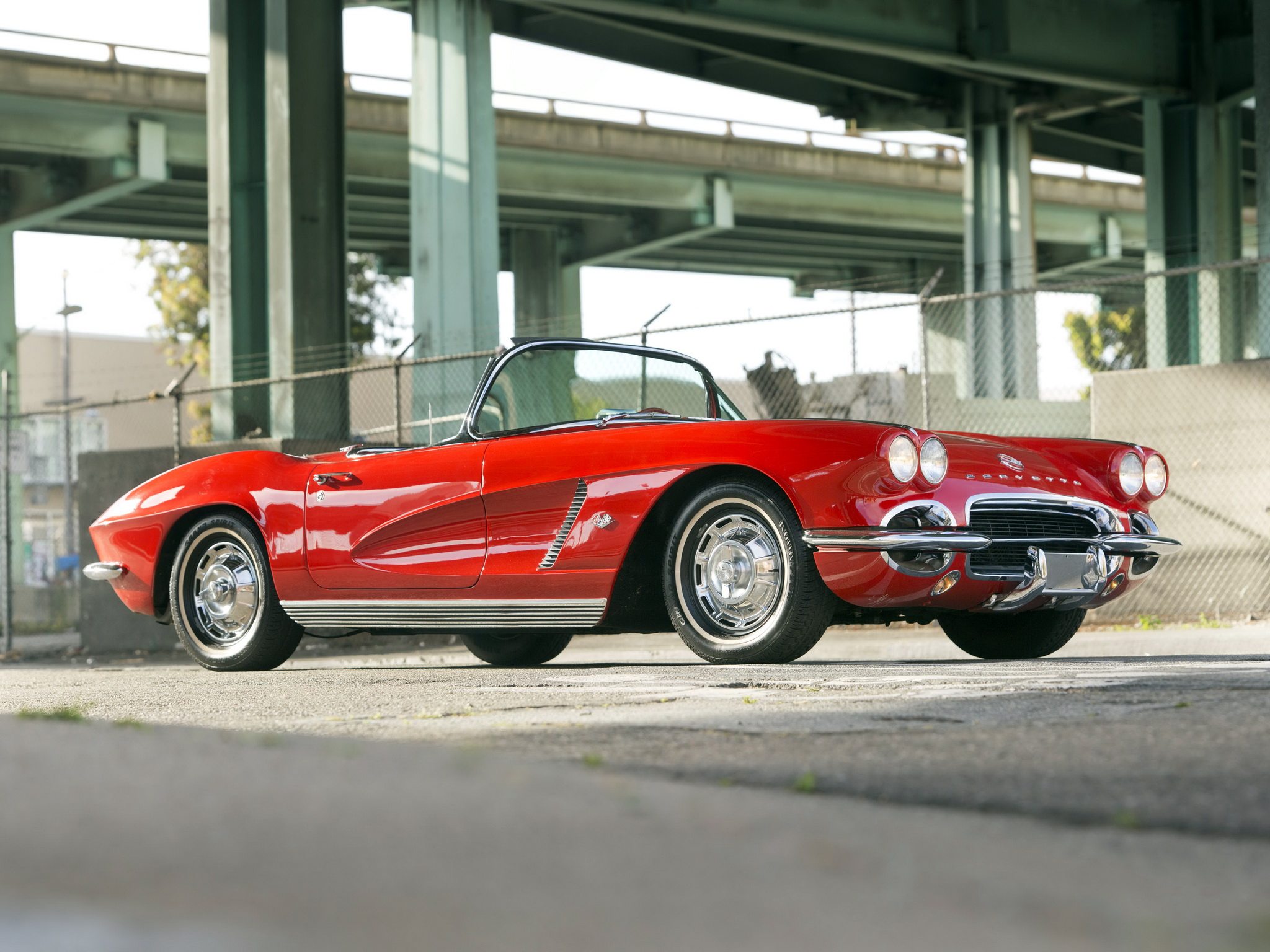
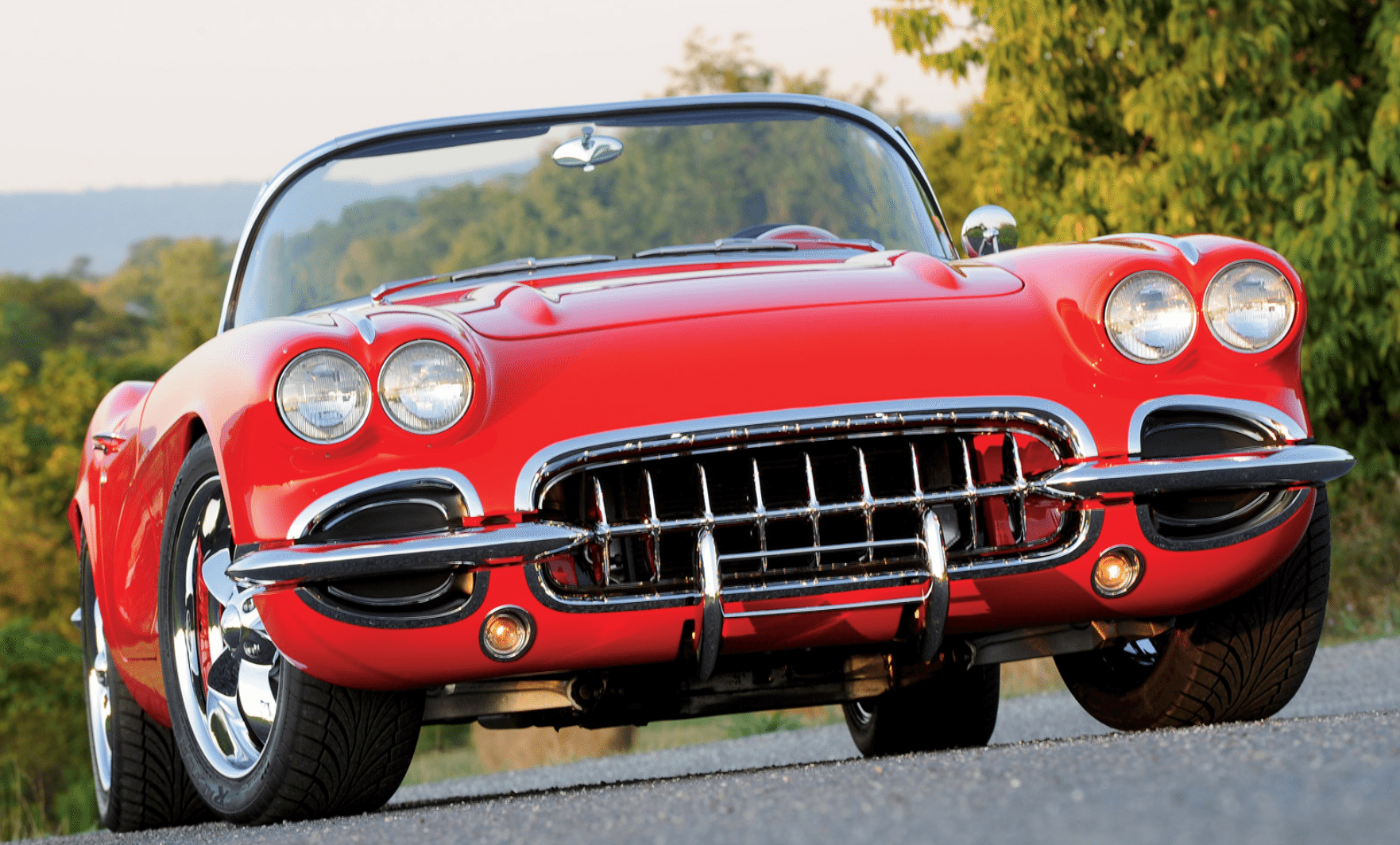
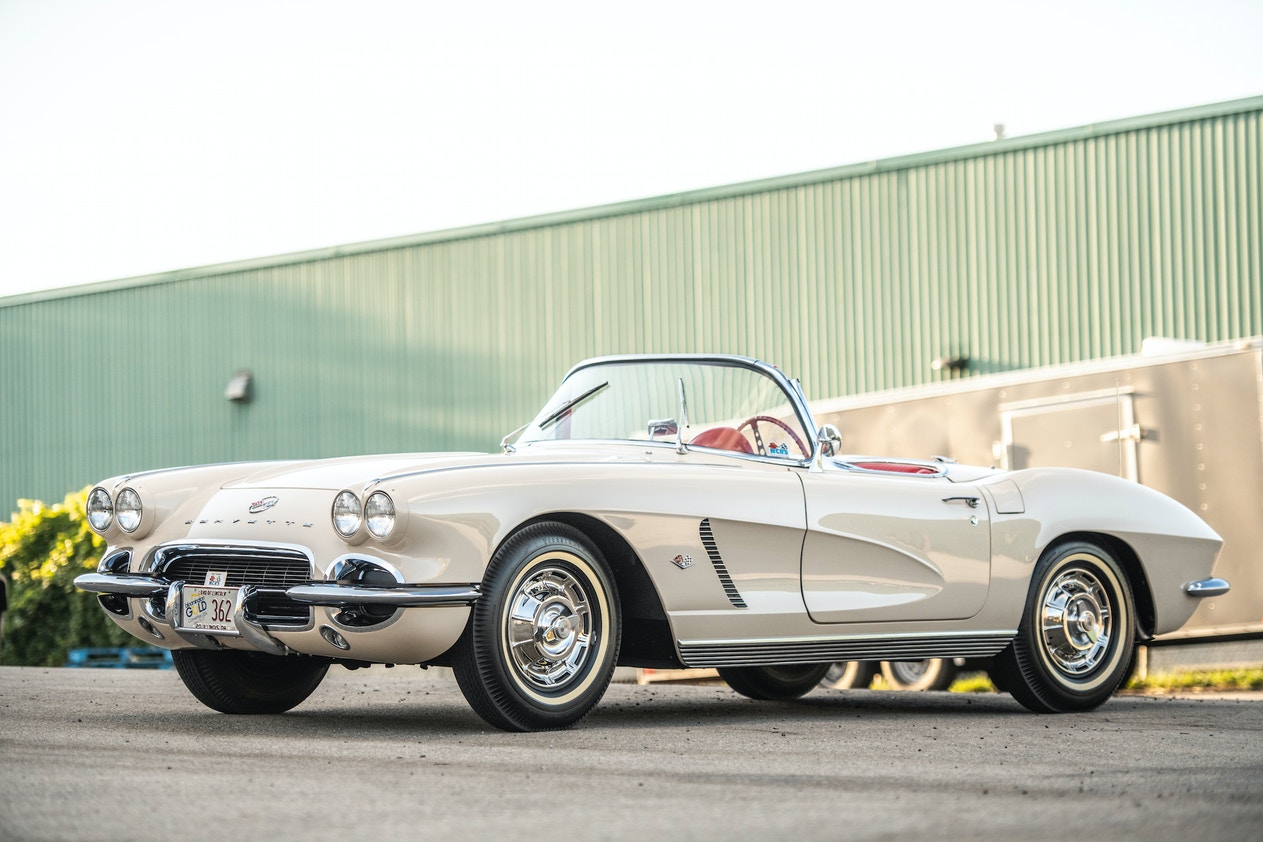
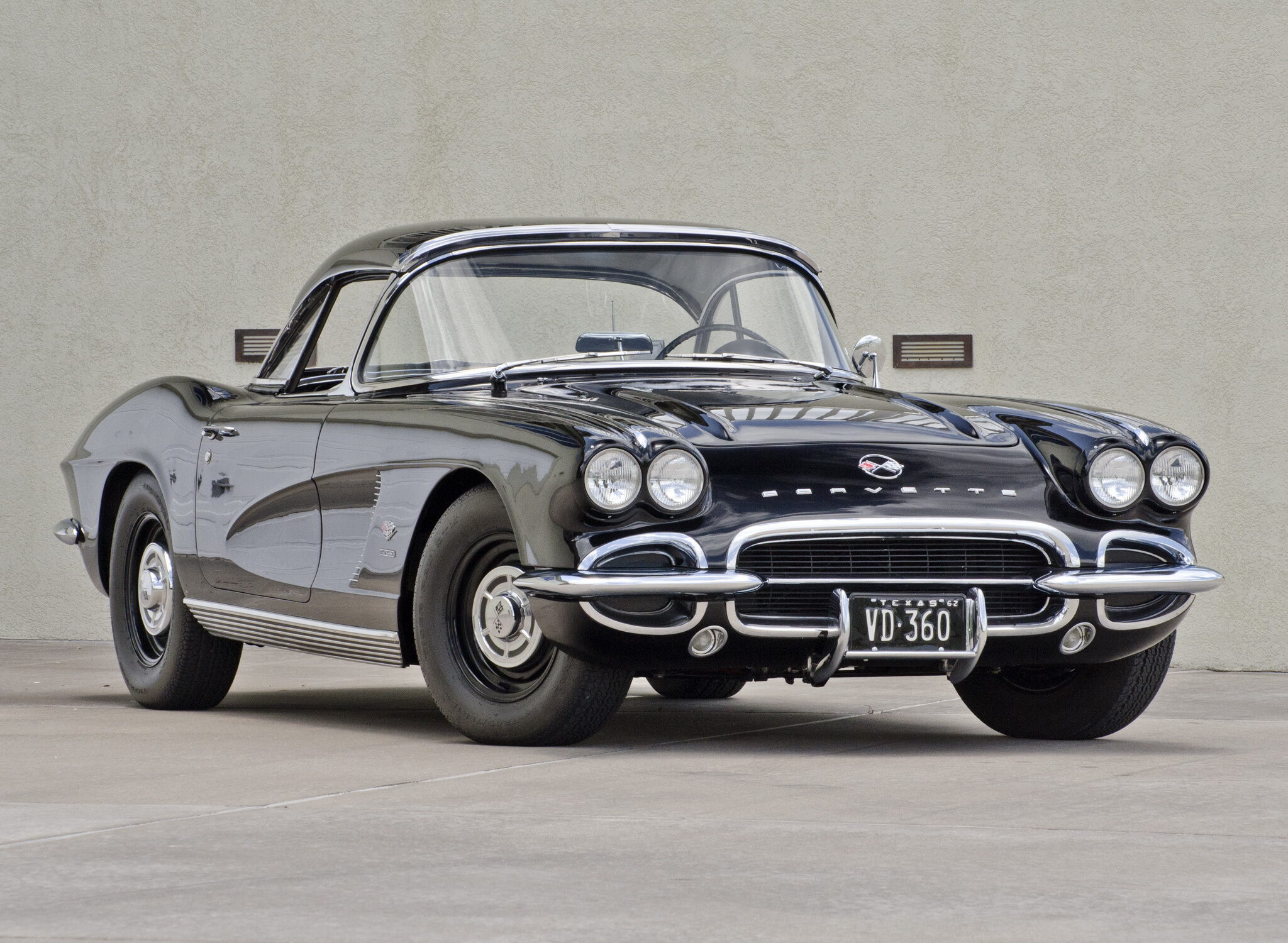
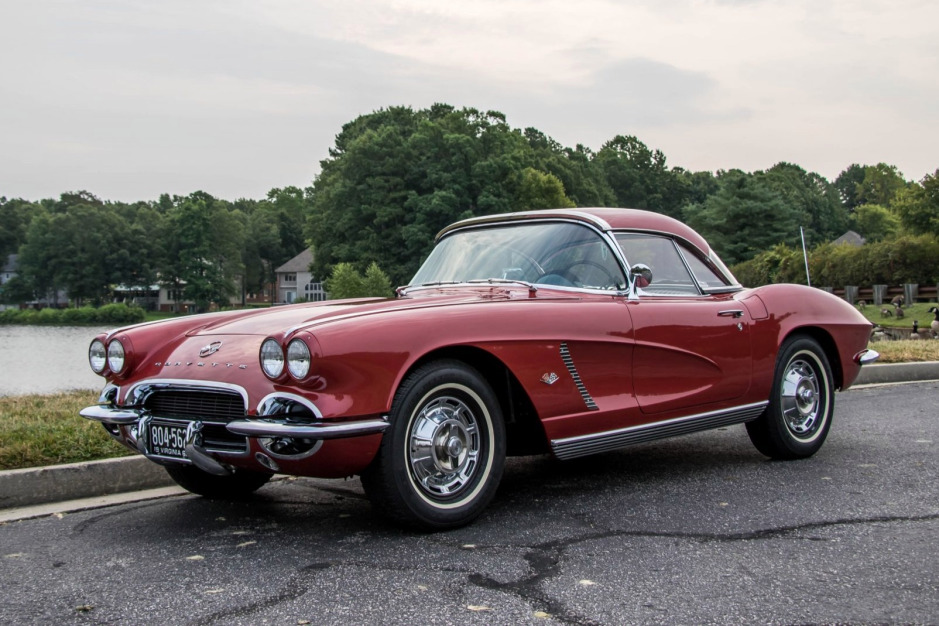

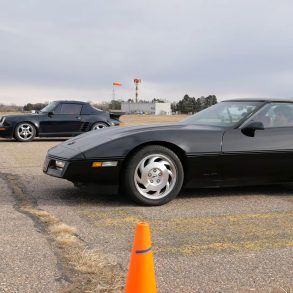
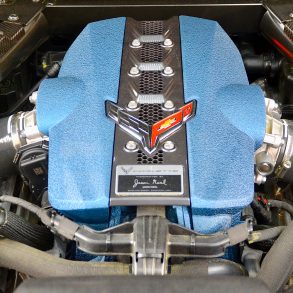
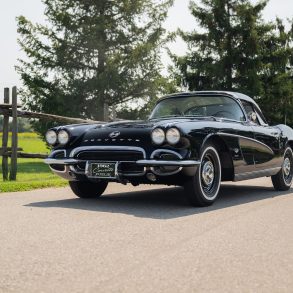

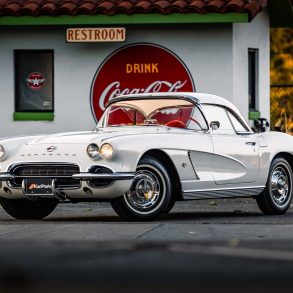
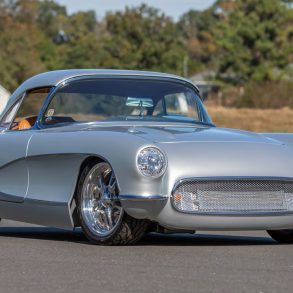
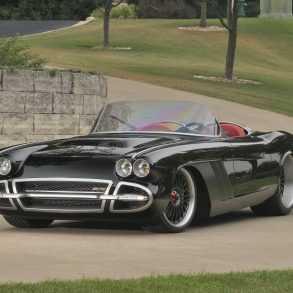

Australian enthusiast, mechanic, Workshop/small business owner and lover of American Muscle Cars!!
I am helping a customer with a diff problem in a classic old Stinga (1962 C1 with a noisy pinion race and a ratio change from 3.36 to 3.08).
I literally stumbled across this site while looking for another Corvette site I use occasionally.
I am sold on this site now!! Unbelievably informative and well documented, from both a repairers point of view and an enthusiasts or potential one.
Who(m) ever put this site together, a big well done. It is people like you keeping these old beauties alive.
Hi Marl, I just purchased a 62 Vette, How can I tell what engine is in my car, Its number matching, Ross
Ross Murphy, do you still need to know about Engine numbers??? Do you know where the “Engine Pad” is?? Front of the block, passenger side just under the head, it should have numbers like this 2103567 and F1015RF do you see anything like that??? Can you read those (your) numbers for me??? Once to find those numbers it can be translated for you. Check it out please, regards, robert
Hi Robert , sorry about the delay, The numbers I have are as follows 2104349 F1208R
Hi Robert , sorry about the delay, The numbers I have are as follows 2104349- F1208R if you can help me with 62 Vette decipher vin
Hello Ross, Dan Ross here. I read your bleeps about your 62 Corvette. You will need one more letter following the R to determine the engine horsepower. Your serial number is 4349 and your car has a standard transmission. Your car was built in December of 1961. I am conducting a Data Base survey on existing 1962 Corvettes. I woulsd love to have the remaining information on your car for the data base. Congratulations on your purchase. Dan Ross ([email protected])
I have a 62 I believe may have been a factory drag car, 9.3 Pontiac 3rd member rear end that looks like it was put in at the factory, also the production serial number is in the 14600 range, any comments?
Trying to learn more about my deceased Fathers 1962 Corvette. Vin # 20867S105001 It has Automatic Transmission. We No longer have original engine Crate Motor installed Wondering about which rear end was installed and other options